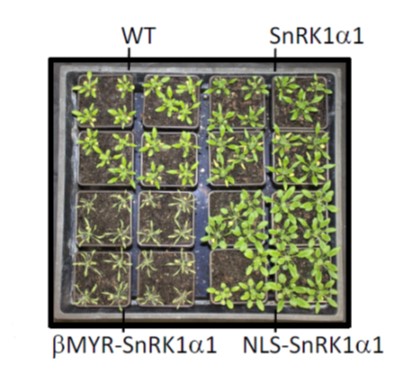
Default activation and nuclear translocation of the plant cellular energy sensor SnRK1 ($) (Plant Cell)
When I’m using my laptop without it being plugged in, at some point it enters battery saving mode as it senses that the battery charge is getting low. Organisms also sense their low energy reserves and activate alternate metabolic processes to ensure survival. The core energy sensor is a hetero-trimeric…

Low oxygen levels are needed to regulate shoot meristem activity (Nature)
Little is known about the stimuli that regulate time intervals for new leaves production (plastochrone) at the shoot apical meristem (SAM). Oxygen is a diffusible molecule with potential to regulate this process. The use of a micro-scale Clark-type oxygen electrode allowed Weits et al. to measure oxygen…
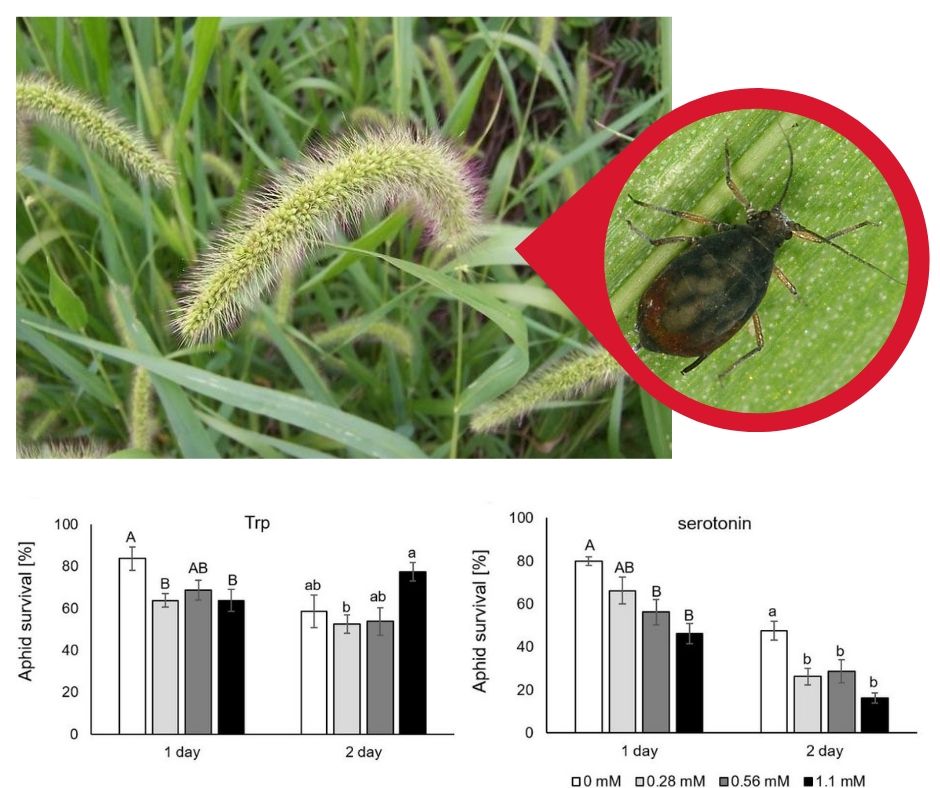
Characterizing the serotonin biosynthesis pathway upon aphid infestation in Setaria viridis leaves (bioRxiv)
In response to biotic stresses, plants produce chemical defenses to reduce damage. Adaptations to insect infestation involve synthesis of Trp-derived metabolites, leading to metabolome alterations. Here, Dangol et al. analyzed the transcriptomic and metabolomic effects after herbivore feeding in Setaria…
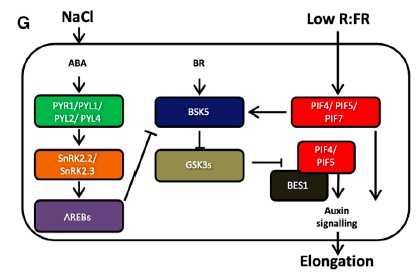
Soil salinity limits plant shade avoidance (Curr. Biol.)
The agriculture sector is going to face big challenges to feed the 10 billion people that are going to inhabit the planet in the upcoming years with limited arable land. One effective practice to enhance the yield per unit area is to increase crop planting density. However, in dense stands, plants…
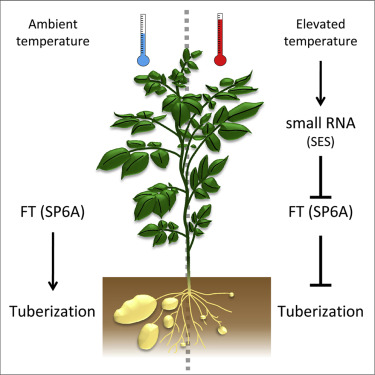
Post-transcriptional regulation of FLOWERING LOCUS T modulates heat-dependent source-sink development in potato (Curr Biol)
Tuber formation (tuberization) in potatoes is controlled by both endogenous and environmental signals particularly day length and temperature. Long days and high temperature impede tuberization while it is enhanced by short days and low temperature. When conditions are favourable for tuberization, shoot-derived…
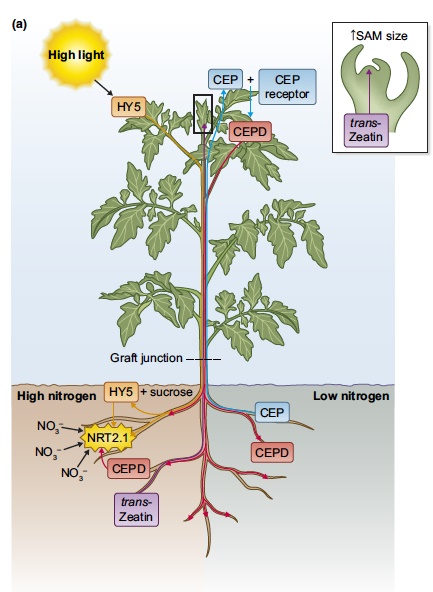
Review: Connecting the pieces: uncovering the molecular basis for long-distance communication through plant grafting (New Phytol)
Grafting is an ancient vegetative asexual plant propagation technique. It is characterized by the connection of two plant segments, the shoot piece known as ‘scion’ and the root piece called ‘rootstock’ or simply 'stock'. Grafting is widely used in agriculture to improve crop production and…
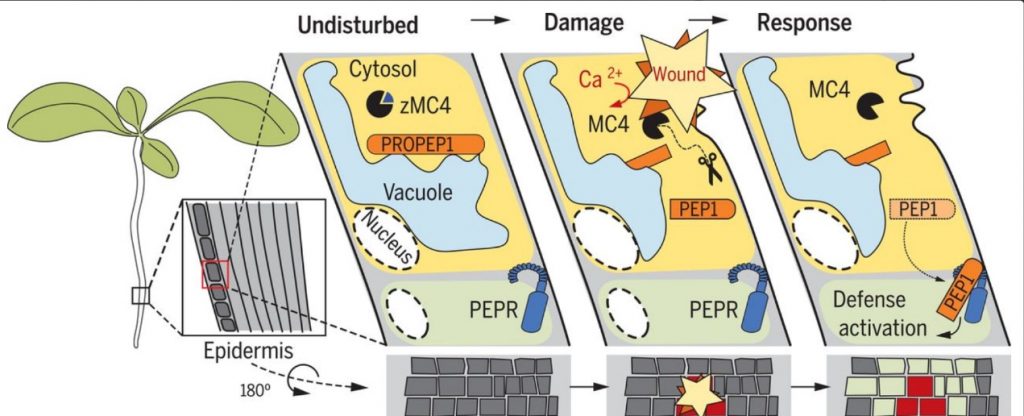
Ca2+-dependent processing of immunomodulatory peptides ($) (Science)
Plants are sessile organisms that have evolved an extraordinary immune system to optimally adapt to the risky environment, which includes hazards such as insect chewing, weather damaging, and pathogen invasion. But the signaling mechanism of how the physical damage of cells triggers the intracellular…
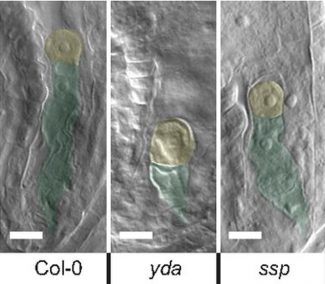
Constitutive signaling activity of a receptor-associated protein links fertilization with embryonic patterning in Arabidopsis thaliana ($) (PNAS)
The apical and basal identity of a growing embryo is determined by an asymmetrical division of the zygote in flowering plants. The MAPKK kinase YODA (YDA) is important for zygotic elongation and embryonic polarity. During embryo development, YDA is activated by the membrane associated pseudo-kinase SHORT…
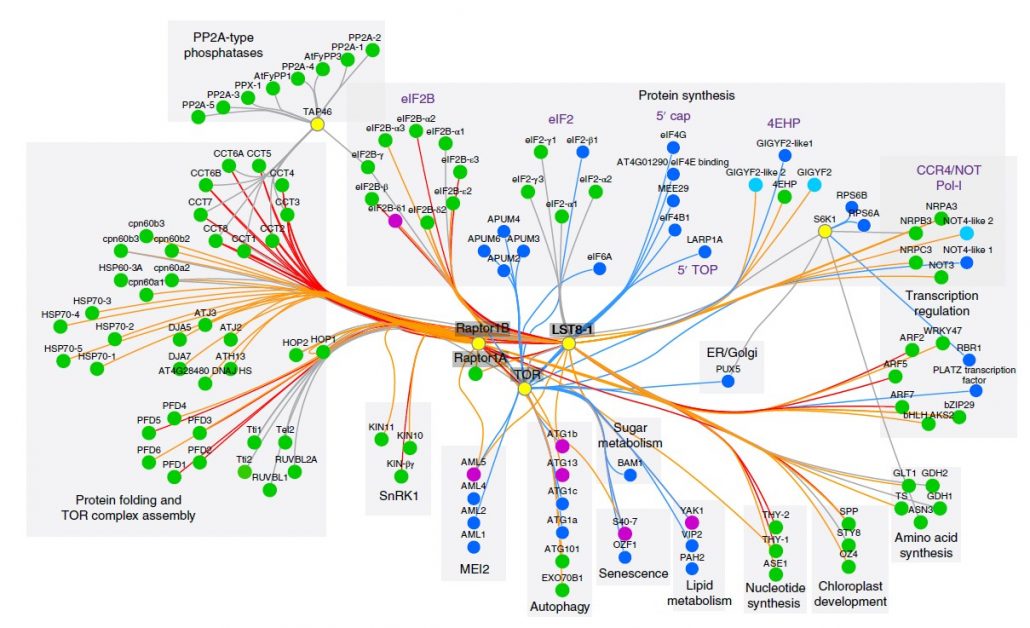
The phosphorylation and protein interaction landscape of the plant TOR kinase (Nature Plants) ($)
The TOR (target of rapamycin) is a conserved regulator of cellular homeostasis and energy status in several clades of life. TOR signaling is well studied in animals while precise regulation and downstream targets of TOR kinase are not very well explored in plants. Some well-studied TOR kinase targets…

